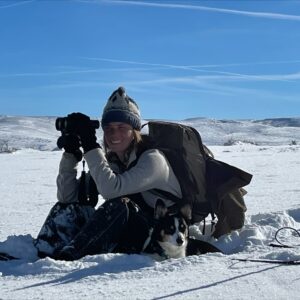Robby,
Do you think hunters don't believe anything the Departments put out could have to do with tag allocation numbers every year? There doesn't seem to be much rhyme or reason other than budget reasons for tag numbers. Here's a couple examples from Utah. As you pointed out, a good chunk of the Northern part of Utah had upwards of 80% mortality after the 22-23 winter. We've now only had 2 hunting seasons since then for the herds to recover. I know deer herds can recover quickly but I don't think they can recover that quickly, yet Utah is increasing tag numbers for those devastated units significantly.
The North Slope unit along the UTWY border is going from 2,300 deer tags in 2024 to 2,900 tags this year. That's a 26% increase from just last year. Is that herd doing so exceptionally well that those high increases are justified? The Ogden unit, one of the hardest hit units that winter, just two years later is getting a 21% increase going from 1,900 tags in 2024 to 2,300 tags in 2025. Every doe must have had quadruplets both years and every fawn survived to justify those kinds of increases so quickly after such a huge die-off.
Overall, Utah is going from 64,725 tags in 2023 and 71,525 in 2024 to 80,600 tags in 2025. Mule deer are struggling all over the West, and Utah is no exception, yet we keep seeing these significant increases. Seems insane to me.
Maybe I'm wrong and please feel free to set me straight like you did Dustin Wittwer on his podcast. I could tell you got the wheels in his brain turning during that conversation/lecture. I'm definitely open minded to this tag increase if it is justifiable but it just seems to be too much too soon. I sure hope you and TaperPin can say "told you so" in the next few years!!
Thoughts?



